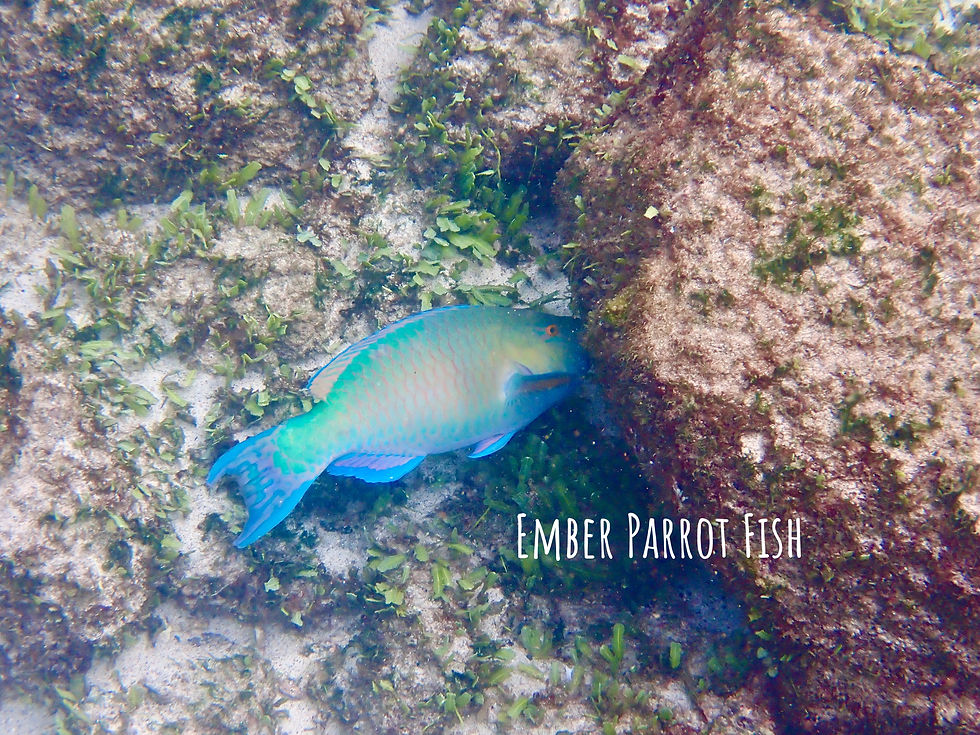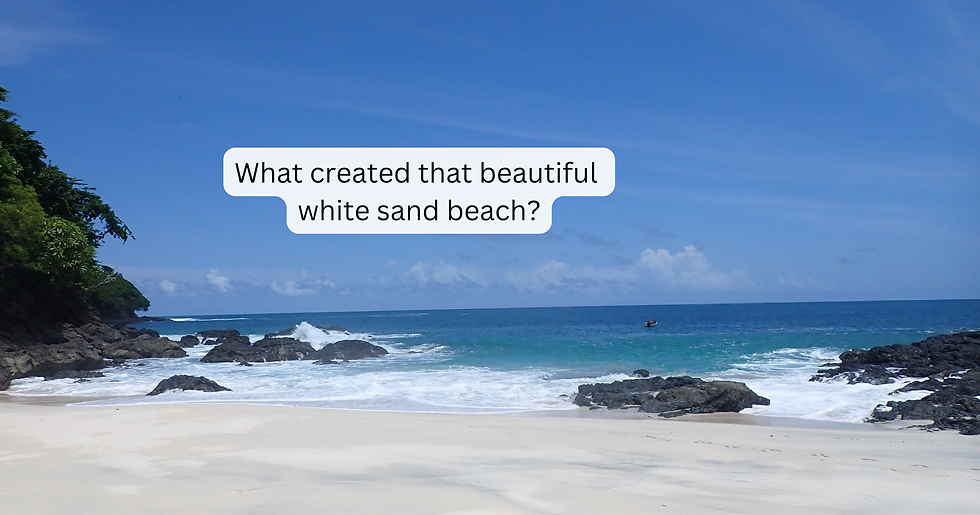Snorkeling Coral Reef of Cebaco Island
- Cari Mackey

- Sep 3, 2023
- 2 min read
Forests, jungles, groves, orchards, stands, and plantations, make you think of....yes! Trees! Astonishing places that you imagine yourself hiking through, gazing up at and spending time watching all the life that abounds there but do you ever think of swimming through them? No, I didn't either but I am now and I'm so happy to hear and think about the sea as an otherworldly forest than those that tower above.
Coral reefs - commonly referred to as "rainforests of the sea" because they are vastly full of life, biodiversity, and so productive. They are actually the largest living structure on the planet! That makes them an amazing place to explore, learn about, and the greatest type of entertainment - natural.
With Hurricane season upon us, threatening different areas of the world (NOT Panama), reef protection is a hot topic as they provide critical land protection from strong waves produced by hurricanes, tsunamis, and other tropical storms. They are one of the first defense systems that are the best at protecting the beautiful coastal areas of the planet. However, much like mangroves, these rain forests of the Sea are facing the same threats as their above ground families are - disappearance at unrecoverable speeds.
We take our guests to explore the local hard coral reef on a remote island called Calleta which is next to a larger island called Cebaco. The branching, encrusting, massive, and even brain corals there are a beautiful place to spend the day exploring and learning about all the life that they support.
One of my favorite fish to look for are the Parrot fish. They are big and colorful and easy to spot. They're kinda like the toucans of the sea! Get this - they are gender fluid; they change their colors and their gender throughout their lives. It's called Protogynous hermaphroditism.
Not only are they pretty and colorful, they play a critical role in protecting reefs and supporting their growth. Just like Sea Turtles, they spend their days chomping away foraging on the algae covered reefs with their strong jaw and sharp teeth. As they ingest the algae, they grind up the bits of calcium carbonate reef pieces then poop out sand! As much as 200 lbs (100 kg) of sand per year. So, we want these beauties to live close to reefs and to our precious beaches as storms wash them away.
I have great news for you: you too can be as pretty as a Parrot fish - thanks to our friends at Waterlust. This brilliant and fun group of scientists and marine biologists have come up with a great way to support their research and conservation efforts. Check it out, and come twinsy with me. But before you do, you really need to watch these videos about coral that the awesome people at Waterlust thankfully created for us.
Your Friends in Morrillo, Cari and Ryan Mackey Owners and Hosts Morrillo Beach Eco Resort Sea Turtle Conservation Tip of the Day:
Say NO and eliminate single use plastics whenever you can. Using this special code, 20% of anything purchased through Waterlust supports our local Sea Turtle Conservation Foundation.












Comments